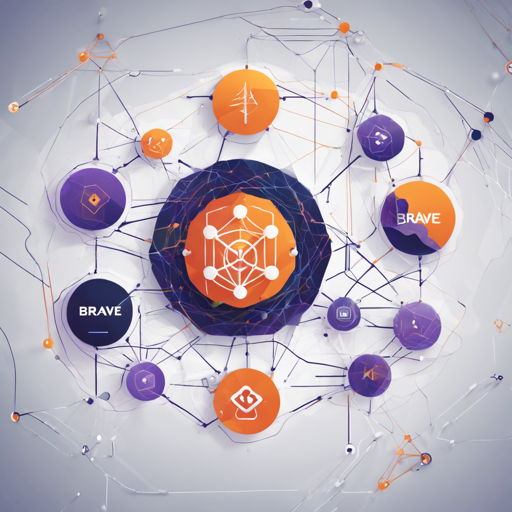In today’s interconnected digital landscape, tracing requests across distributed systems has become essential for diagnostics and performance optimization. The Brave library offers a seamless way to implement distributed tracing in your Java applications without dealing with dependency management headaches. Let’s explore how you can set up Brave, understand its components, and troubleshoot potential issues.
What is Brave?
Brave is a distributed tracing instrumentation library that helps in intercepting production requests to gather timing data, correlate, and propagate trace contexts. Think of it as a detective that follows clues (requests) through a maze (your application) to understand what is going on at each turn.
Getting Started with Brave
Implementing Brave in your application involves a few steps. Here’s a user-friendly guide:
-
Include Brave Dependency: To start using Brave, include it in your project’s dependency management system. You can add it using Maven with the following configuration:
io.zipkin.brave brave-bom ${brave.version} pom import - Instrumentation: Choose and implement the necessary instrumentation for your application. Brave offers pre-built instrumentation for common libraries such as JDBC and Servlet. Consider opting for instrumentation that seamlessly integrates with existing code rather than creating your own, which can be complex and time-consuming.
- Trace Filters: You can add trace filters for products like Servlet and log correlation with SLF4J, making your tracing more efficient.
Registration and Management of Traces
Once you set up tracing, Brave allows you to manage traces efficiently through built-in methods and APIs, which enable tagging and timing operations. This makes it easier to trace through your production requests.
Understanding the Library Components with an Analogy
Think of your application as a bustling city, with requests being cars driving through its streets. Brave acts like a traffic control system that not only directs traffic (requests) but also keeps a record of every car (request) and where it went. The traffic lights (trace context) communicate when to stop or go, helping you understand the overall traffic flow (application performance). Just like traffic control can identify bottlenecks in the city, Brave helps pinpoint where in your application the delays occur.
Troubleshooting Common Issues
While implementing Brave, you might run into a few common challenges. Here are some troubleshooting tips:
- Dependency Conflicts: Ensure that you align versions for your various Brave components to avoid class conflicts. Refer to the BOM structure provided above for a safer upgrade.
- Incompatible Java Versions: Brave requires a minimum of Java version 1.6. If you’re using an older servlet or library, make sure to upgrade your JRE to at least 1.6 for it to work.
- Incorrect Trace ID in Logs: Double-check your implementation for SLF4J context libraries if you’re not seeing trace IDs in your logs.
For more insights, updates, or to collaborate on AI development projects, stay connected with fxis.ai.
Conclusion
By utilizing Brave, you can effectively comprehend and enhance the performance of your distributed applications. The ease of integration, along with robust dependency management, makes it a powerful tool for developers looking to monitor their systems. At fxis.ai, we believe that such advancements are crucial for the future of AI, as they enable more comprehensive and effective solutions. Our team is continually exploring new methodologies to push the envelope in artificial intelligence, ensuring that our clients benefit from the latest technological innovations.

